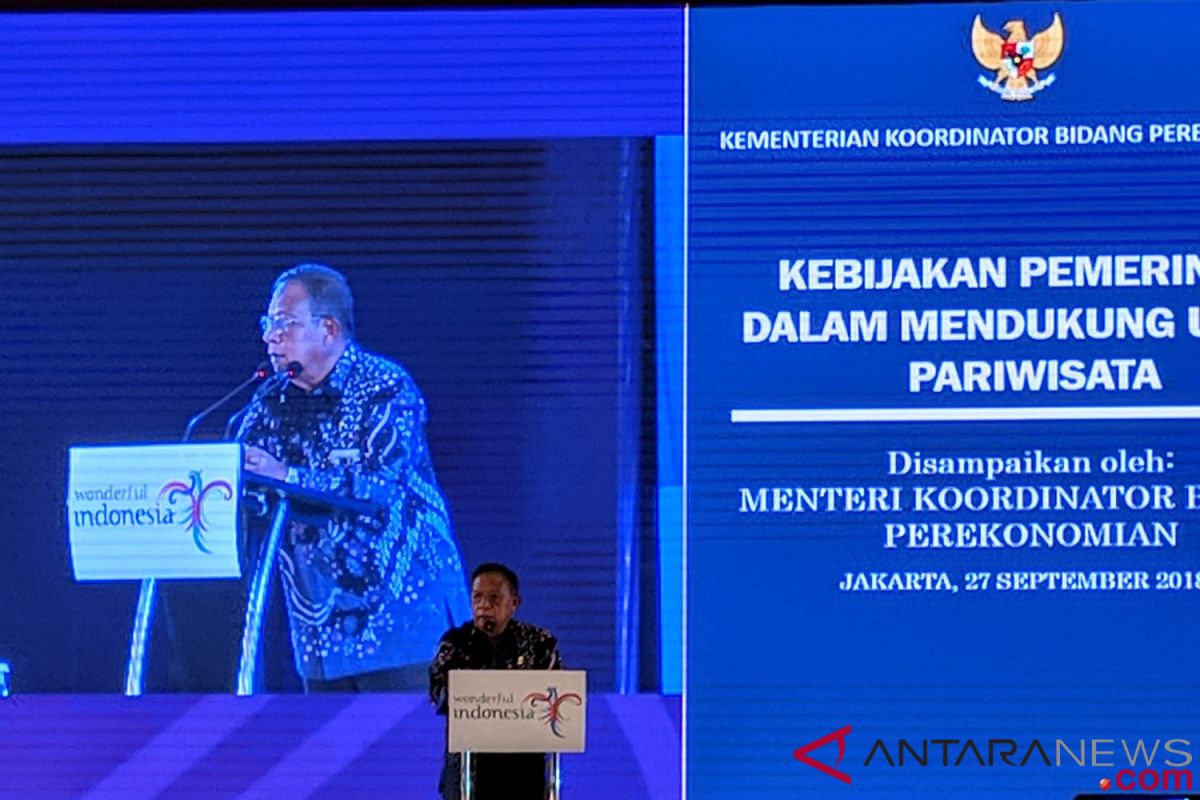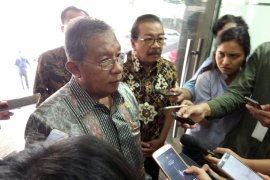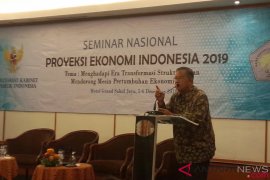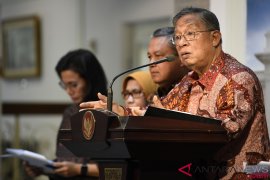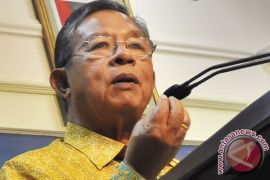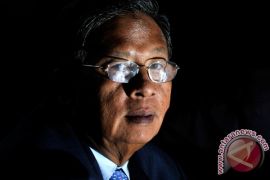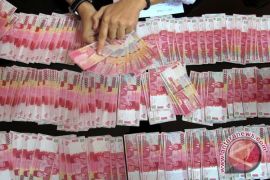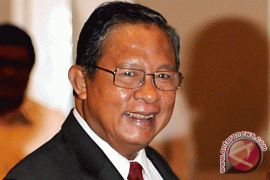"If you have to choose between `stability` and `growth`, if the `stability` is threatened, it is the `stability` that has to be handled and taken care of," Nasution said in Jakarta on Friday.
Nasution also understood the central bank`s reason for adjusting the benchmark interest rate because it is currently in the era of a high interest rate.
"The increase in interest rates, although it does not directly increase the `lending rate`, there must be an influence. It means that we are in a situation of a slightly higher interest rate," he said.
However, the former Governor of Bank Indonesia acknowledged that the increase in benchmark interest rates could have an impact on economic growth performance.
For this reason, the government continues to increase investment enthusiasm, one of which is by expanding the base of the sector receiving tax incentives.
"We are reformulating tax incentives, it seems necessary to invest. The completion takes time, maybe a week or two," Darmin said.
Previously, Bank Indonesia raised the benchmark 7-Day Reverse Repo Rate for the fifth time this year to 5.75 percent.
This step was carried out one day after the Federal Reserve`s Central Bank`s benchmark interest rate increase on Wednesday (26/9) US time.
With the increase in the benchmark interest rate, the banking deposit interest rate at BI (Deposit Facility) also rose 25 bps to five percent, and the interest rate on providing liquidity from BI to the Lending Facility rose 25 bps to 6.5 percent.
The tendency to tighten monetary policy is needed to correct the current account deficit, which in the second quarter of 2018 reached three percent of Gross Domestic Product (GDP).
In addition, the increase in BI`s benchmark interest rate was carried out to maintain interest rate disparities with other countries, so as to increase the attractiveness of domestic financial instruments and be able to absorb foreign portfolios.
Reporting by Satyagraha
Editing by Eliswan, Yoseph
Reporter: Antara
Editor: Fardah Assegaf
Copyright © ANTARA 2018
